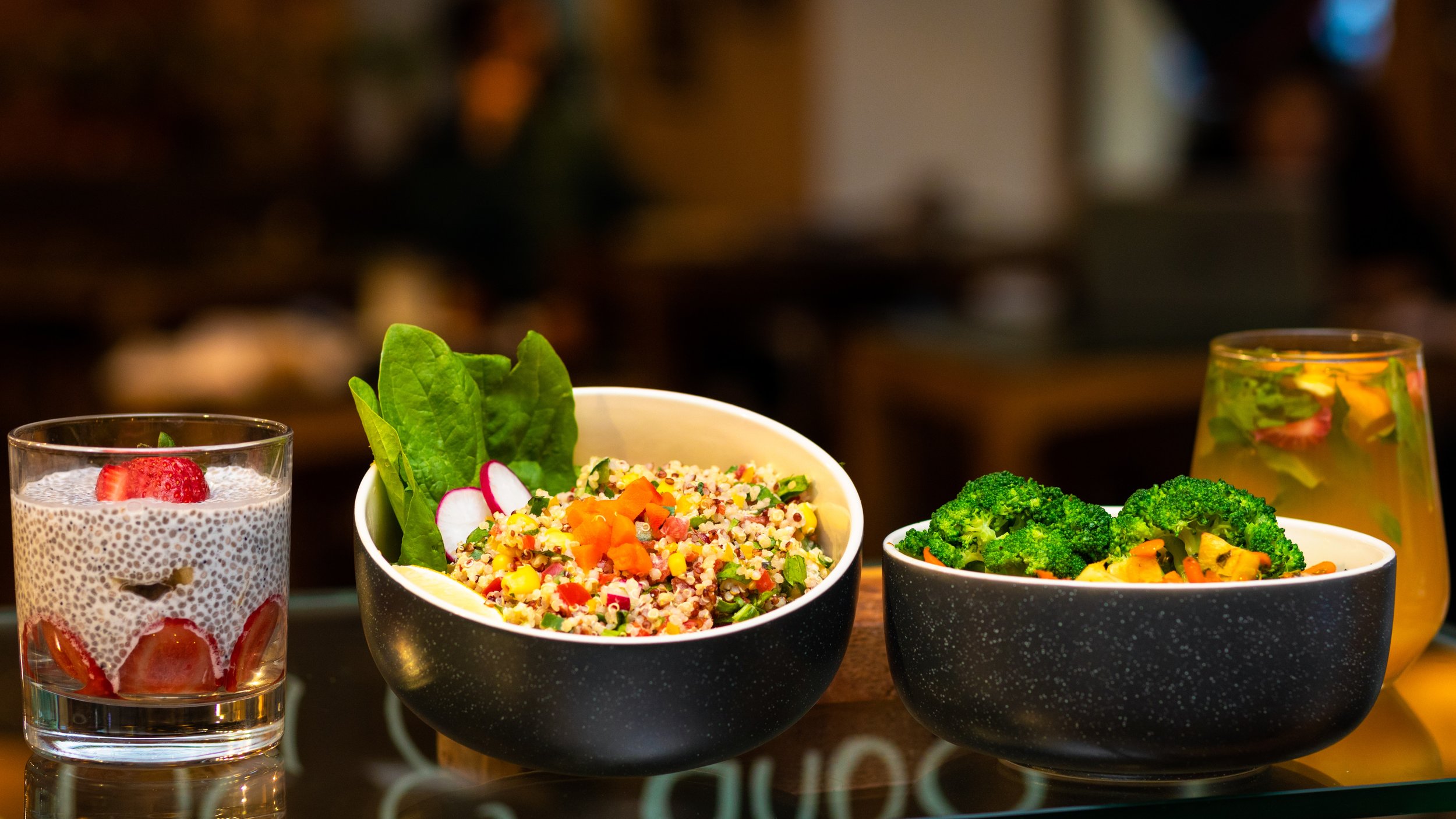Photo by Farhad Ibrahimzade on Unsplash
Vegetarian diets are GREAT for health! They lower body fat percentage, decrease your risk of cardiovascular disease and cancer, reduced inflammation in the body, and can even enhance recovery after physical activity. There are many driving forces behind why people choose a vegetarian diet, may it be due to religious, environmental, ethical, or health-based reasons. One thing in common though, is that folks following a vegetarian diet might be lacking important nutrients if they have not had exposure to a registered dietician or nutrition coach. Lacking in certain nutrients, specifically nutrients that come from animal products, can make one feel sluggish, weak, and tired.
So, what are the key nutrients that may be missing? Below are some of the most common nutrients that are lacking in vegetarian diets, but remember: It is always best to check with your primary care provider or another medical doctor as they can run blood tests to determine with accuracy which nutrients you may be deficient in.
Vitamin D
found in salmon and dairy milk. Vitamin D is responsible for directing all cells with a nucleus what to do (all cells other than fat cells). Deficiency can cause deficits in strength and fatty degeneration of type II muscle fibers. Vitamin D found in plants is less efficient at being absorbed and used in our body than Vitamin D found in animal products, so you may need more vitamin D from plants. You can find plant-based sources of vitamin D in tofu, soybeans, oranges, spinach, and lentils.
Iron
found in red meat. Some plants have compounds that inhibit the intake of iron, so people on a vegetarian diet may need more than non-vegetarians. Low iron can result in us needing to use iron in our blood, which can cause fatigue and anemia. Cooking in a black iron skillet can give us traces of iron, however, iron supplements are likely to be the best option to get the iron we need.
Omega-3’s
found in cold water fish, and somewhat in chia and flax seeds and walnuts. Lacking in Omega-3’s can cause brain fogginess and inflammation in our bodies. There are multiple kinds of Omega-3’s that our body needs. The Omega-3’s that our brain needs are best supplied from cold water fish instead of nuts and seeds. Therefore, supplementation is the best way to efficiently get Omega-3’s for our body.
Calcium
found in dairy products. We need calcium for our bone growth and strength as well as for our muscles to function efficiently. We may feel weak if we don’t have enough calcium. Plant-based sources of calcium include kale, broccoli, tofu, and fortified plant milks.
Vitamin B-12
found in animal protein. Without B vitamins, specifically B-12, we may feel very fatigued throughout the day. Because vitamin B-12 is only found in animal protein, the best way to get this nutrient will come from supplements or fortified plant milk.
Remember, these are just the most common nutrient deficiencies and not all are listed here. If you are on a vegetarian diet, it may be worth going to a registered dietician to ensure you are eating well-rounded and are getting essential nutrients for your body!
Blog post written by Kat Cantlebary for Remedial Massage Queenstown














